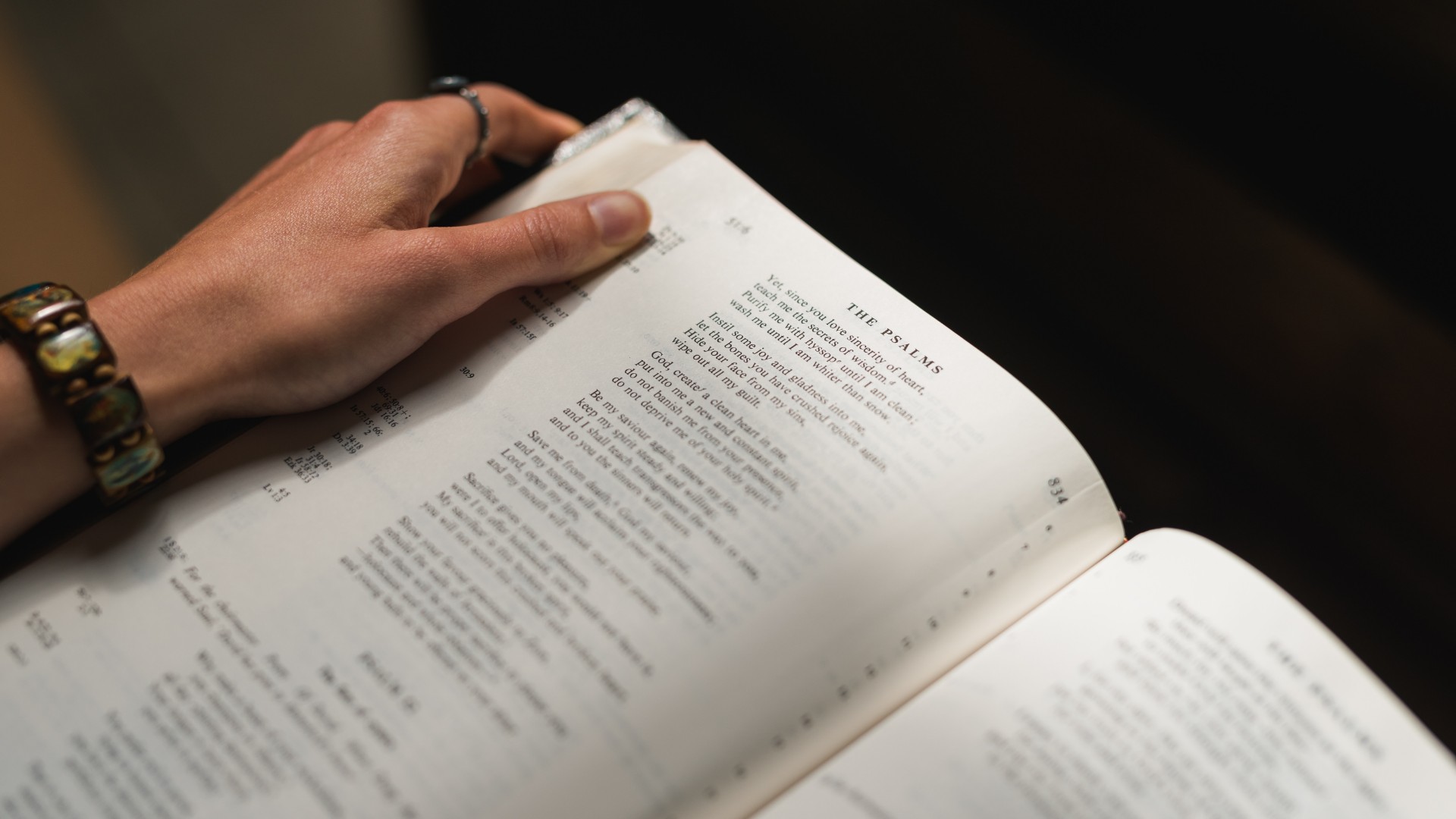Remember the “Telephone” game? One child would start by whispering a message in another’s ear, she would then whisper to the next child, and so on. Finally, the last person in the telephone line would reveal a message so distorted from the original, the children would break out in laughter. Skeptics use this child’s game as a parallel to how the Bible has come down to us. Just like the final message of the telephone game, the New Testament is equally unreliable. Right? Wrong.
At first glance, the objection is compelling. But most people raising it simply don’t know the facts. And the facts are on the Bible’s side. Clearly, the telephone game does not accurately capture the manner in which the New Testament was passed down.
First, the New Testament message was not transmitted orally, a mode of communication that is easier to distort. Instead, it was handed down in writing. Second, there was not a singular line of transmission—that is, it was not the case that a single individual passed the message to another individual who passed the message to a different individual and so on. Rather, there were many lines as one letter was copied multiple times and copies were copied multiple times, eventually resulting in a host of manuscript copies. Third, historians do not rely on the last person in line but look for earlier sources much closer to the original. Finally, original letters could be consulted, even after several generations of copies.
A quick look at the transmission of not only the New Testament but of all ancient documents reveals the misconceptions in the telephone game analogy. A more accurate picture of the transmission of the New Testament documents is captured by the Aunt Sally’s Secret Sauce illustration where there are multiple lines of transmission, including multiple copies in each line. As ancient documents are passed along in this manner, historians ask two primary questions to determine a text’s reliability:
- How many manuscript copies do we have?
- How close in time are the manuscript copies to the original?
Answering these two questions for the New Testament demonstrates it is the most reliable ancient document, hands down. Let’s do a very brief survey of the evidence.
The number of manuscript copies of the New Testament is mind-boggling. In Greek alone, we have more than 5,800 copies, consisting of 2.5 million pages of text. In addition, we have more than 10,000 Latin manuscript copies. If that’s not enough, there are more than 5,000 manuscripts in other languages, such as Coptic, Syriac, Georgian, Gothic, Ethiopic, and Armenian. In total, there are more than 20,000 handwritten manuscripts of the New Testament in various languages.
To top it off, even if all manuscript evidence for the New Testament disappeared, we could still reconstruct almost the entire 27 New Testament books from more than one million quotations of the early church fathers. Clearly, we have all the manuscript copies we need to ensure what we have is what was written.
But the question of the distance of time from original to copy remains. Again, the facts are on the Bible’s side. We have a dozen manuscripts from the second century, 64 manuscripts from the third century and 48 from the fourth century. That’s 124 total manuscripts within 300 years of the composition of the New Testament. There is not a single Greek or Latin manuscript from the ancient world that comes close to the early dating of these New Testament manuscripts. Again, the wealth of early manuscripts ensures what we have is what was written. That’s why the majority of biblical scholars, both Christian and non-Christian, conclude that the original words of the New Testament can be known by us with more certainty than those of any other text from all of antiquity.

